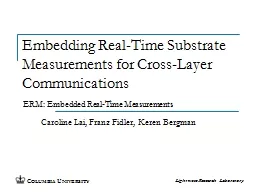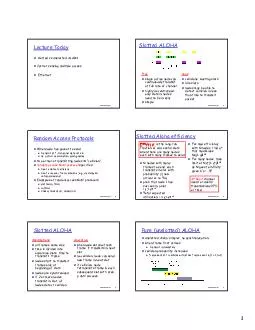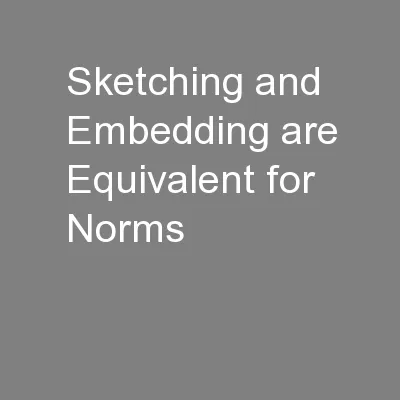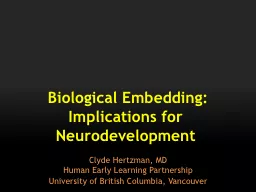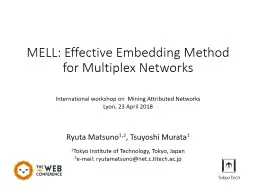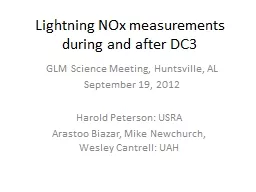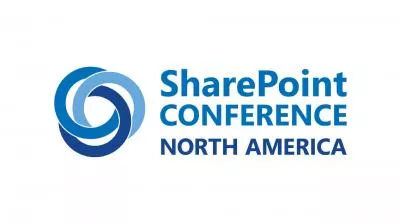PPT-Embedding Real-Time Substrate Measurements for Cross-Layer
Author : tatiana-dople | Published Date : 2016-07-02
Caroline Lai Franz Fidler Keren Bergman ERM Embedded RealTime Measurements Major Challenges Address the GENI challenge of architectural experimentations across
Presentation Embed Code
Download Presentation
Download Presentation The PPT/PDF document "Embedding Real-Time Substrate Measuremen..." is the property of its rightful owner. Permission is granted to download and print the materials on this website for personal, non-commercial use only, and to display it on your personal computer provided you do not modify the materials and that you retain all copyright notices contained in the materials. By downloading content from our website, you accept the terms of this agreement.
Embedding Real-Time Substrate Measurements for Cross-Layer: Transcript
Download Rules Of Document
"Embedding Real-Time Substrate Measurements for Cross-Layer"The content belongs to its owner. You may download and print it for personal use, without modification, and keep all copyright notices. By downloading, you agree to these terms.
Related Documents

